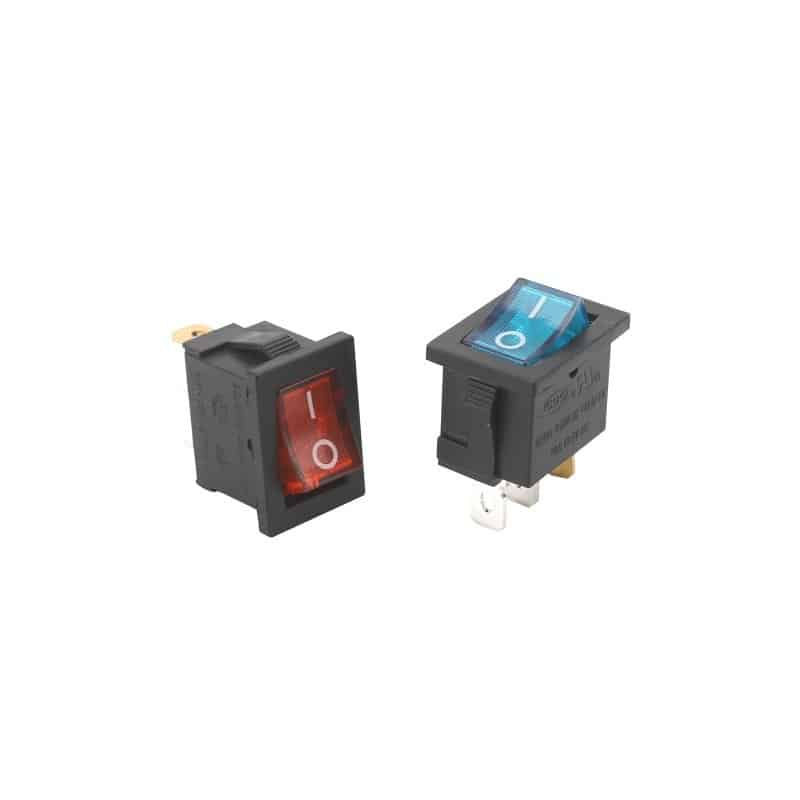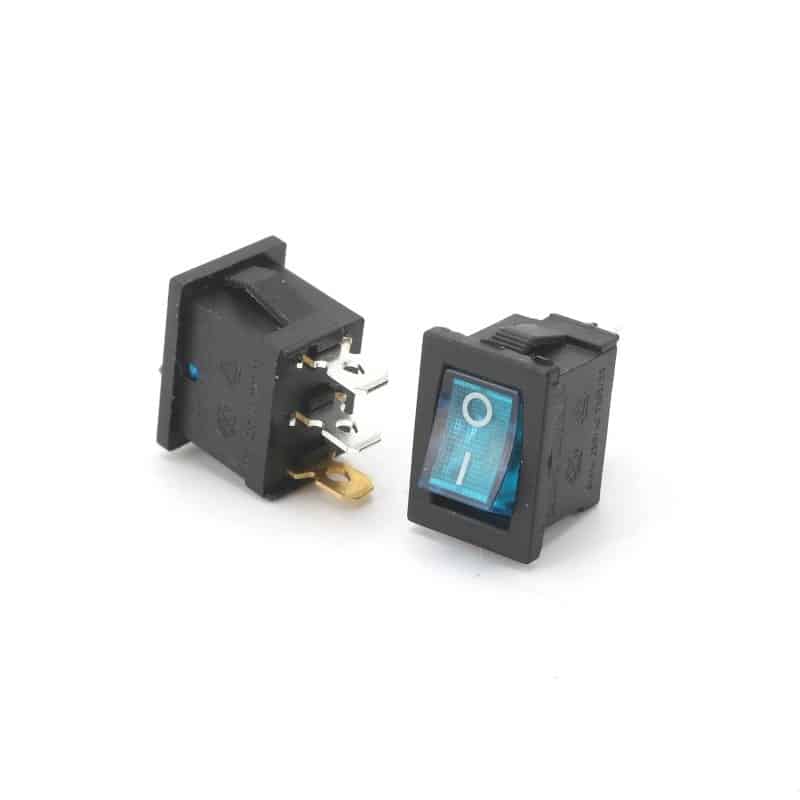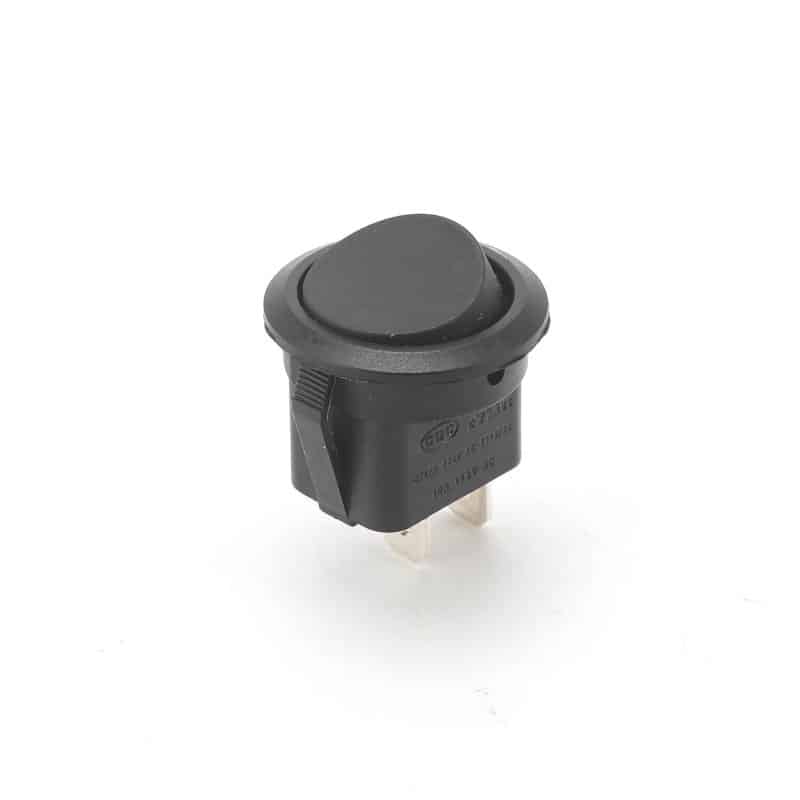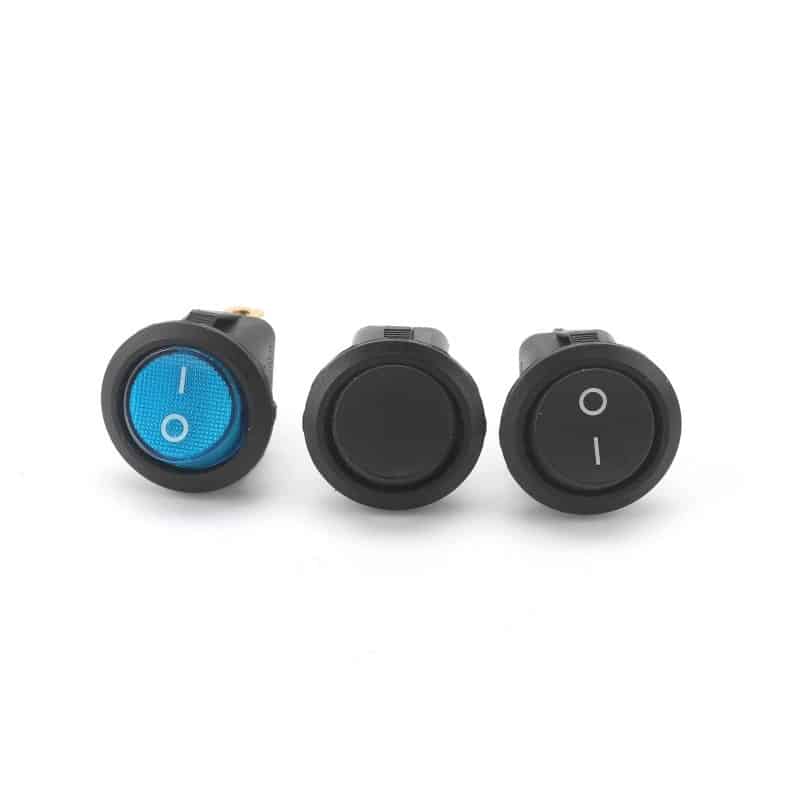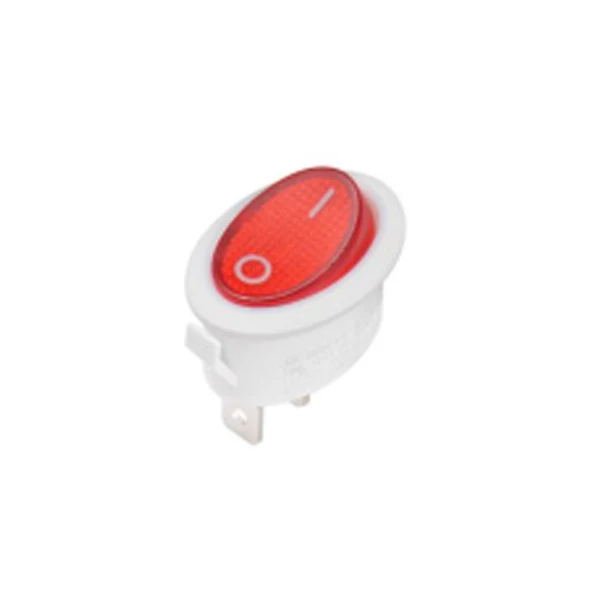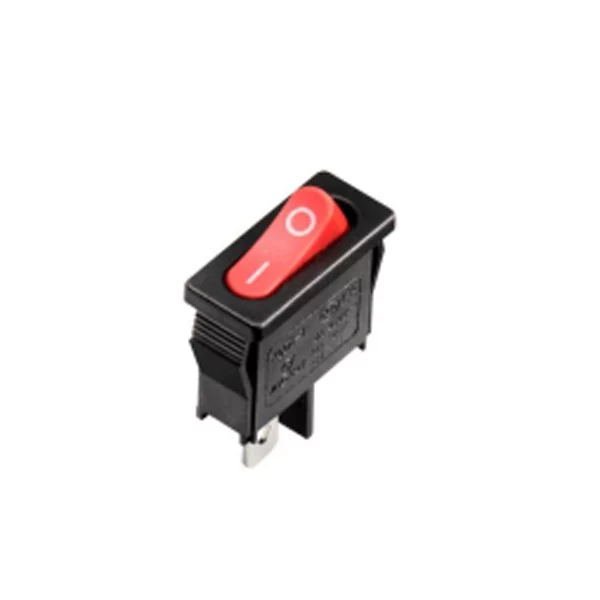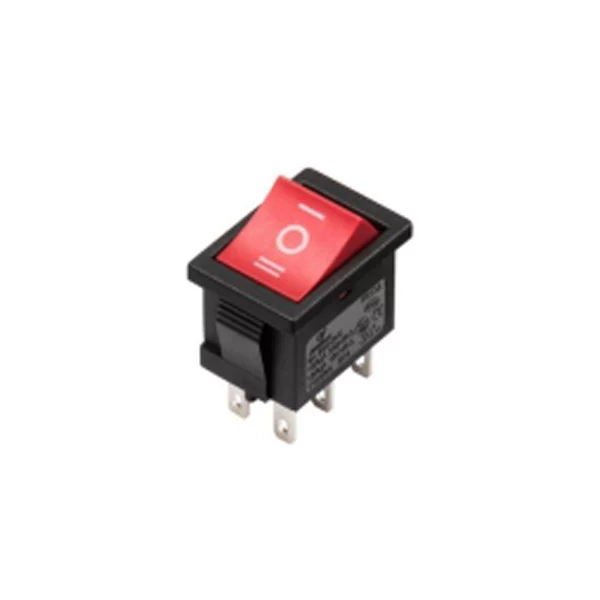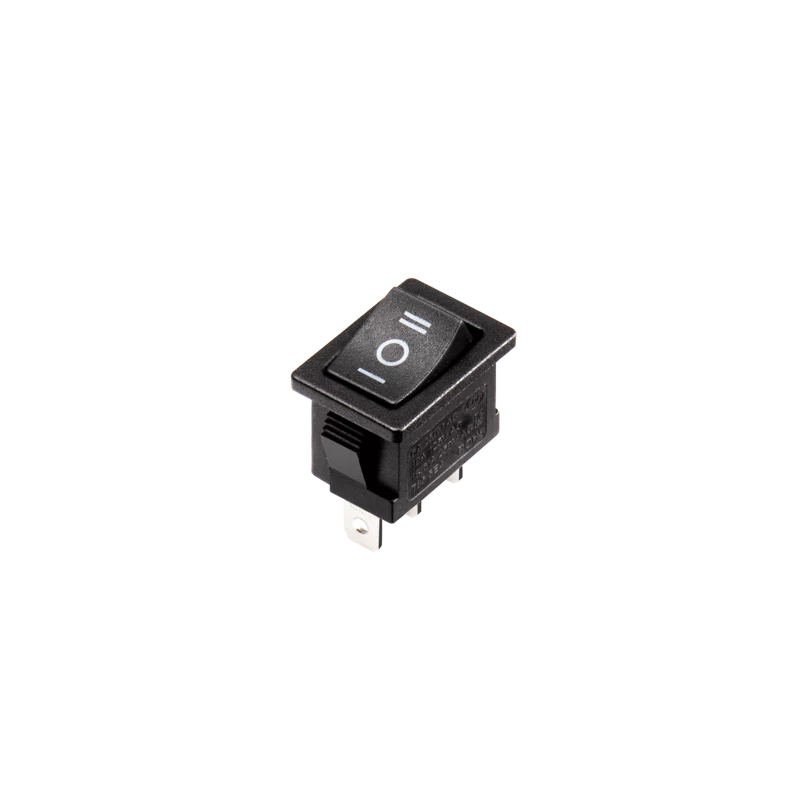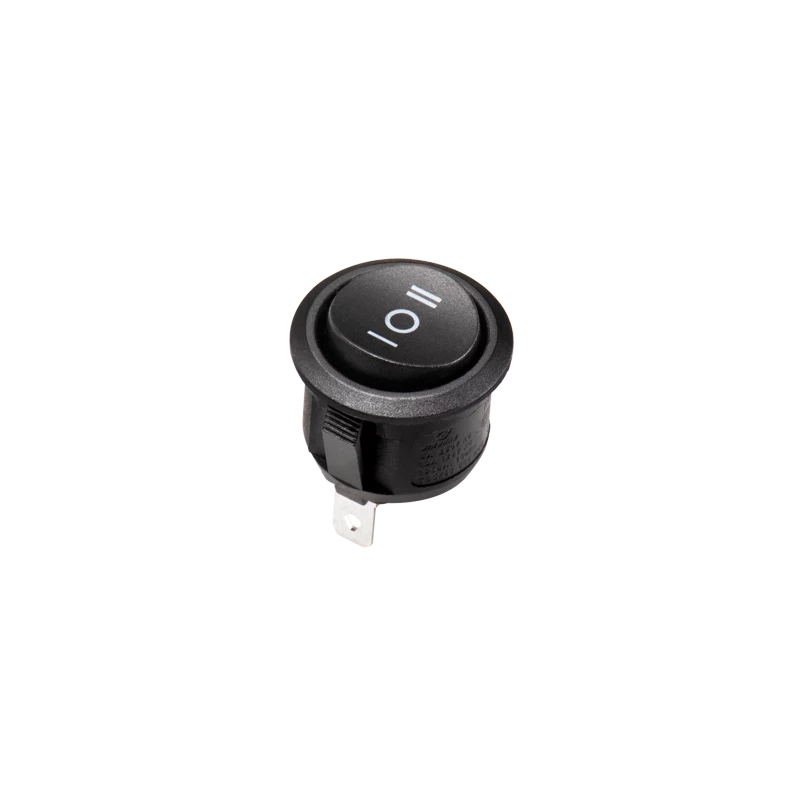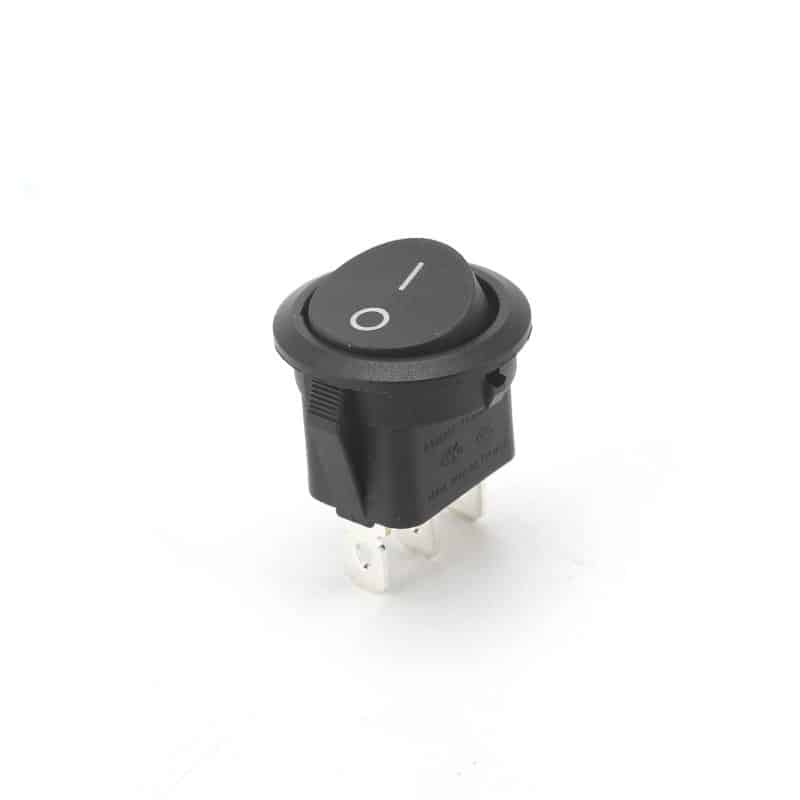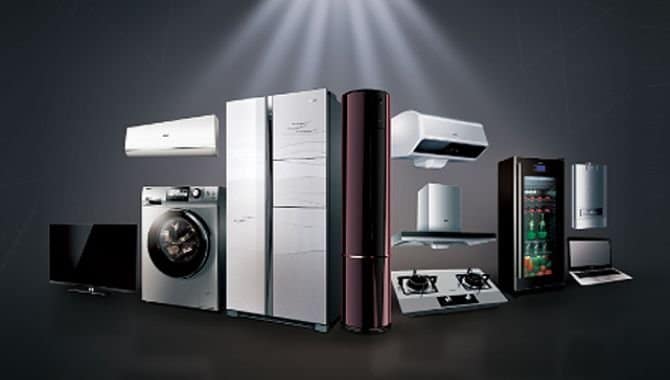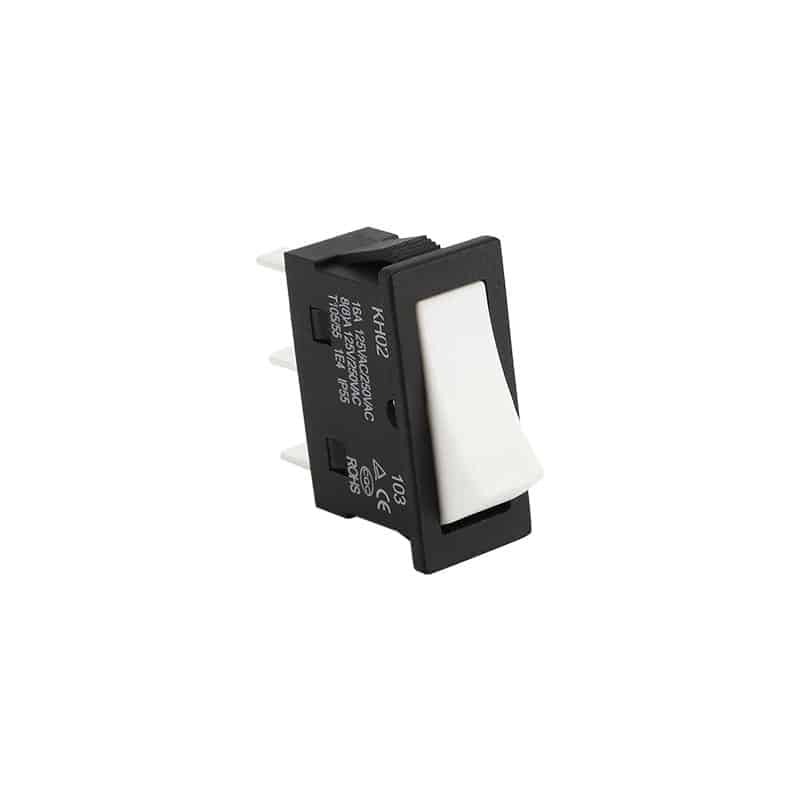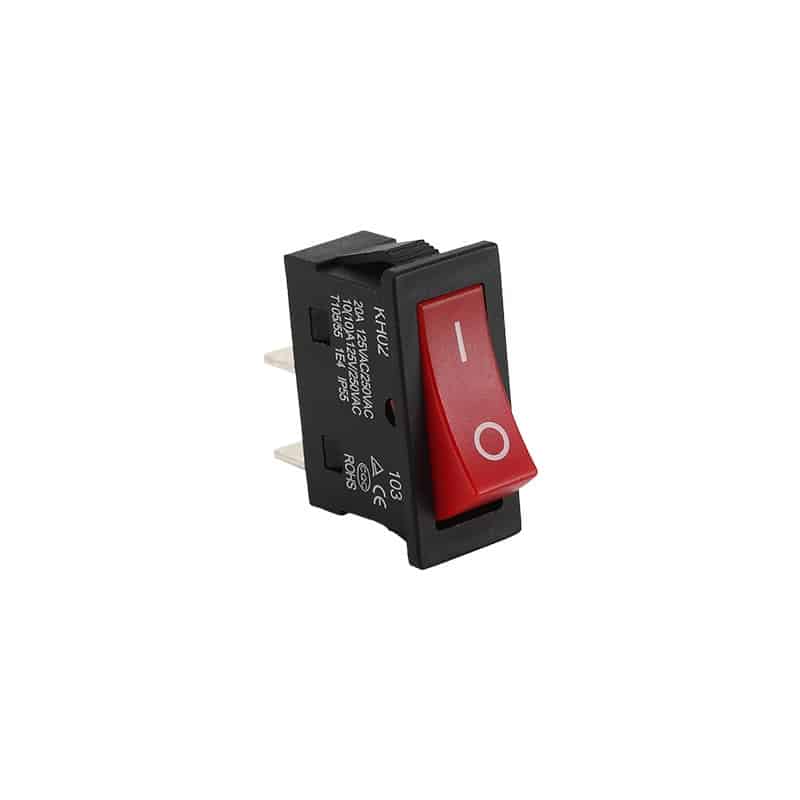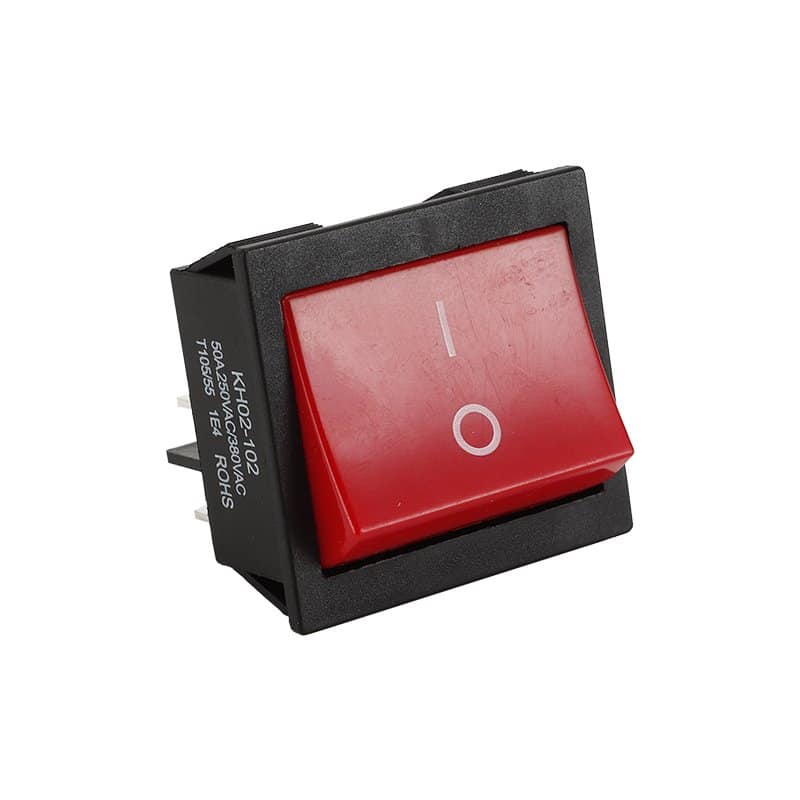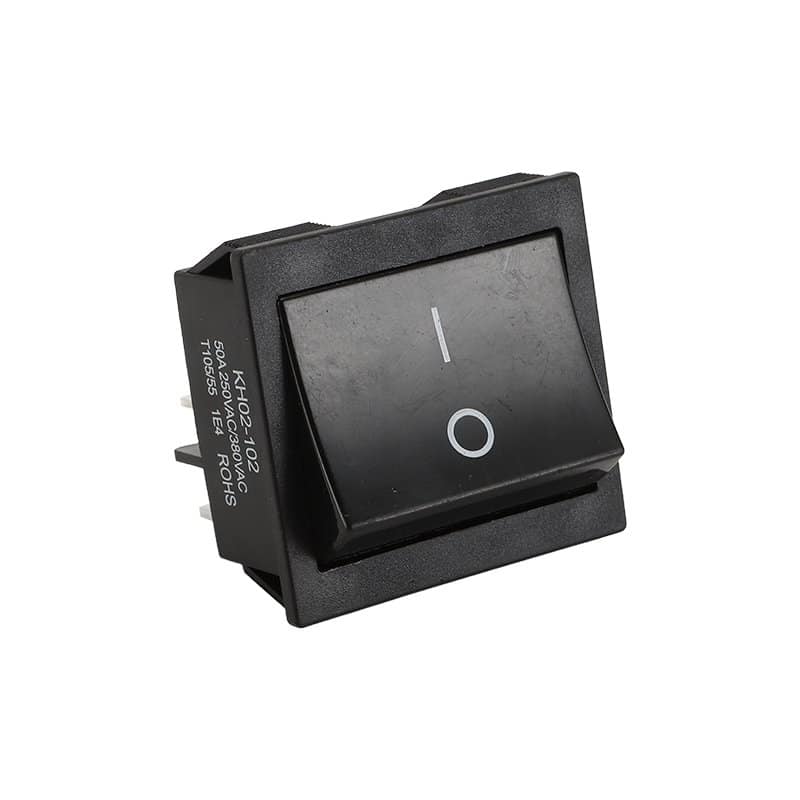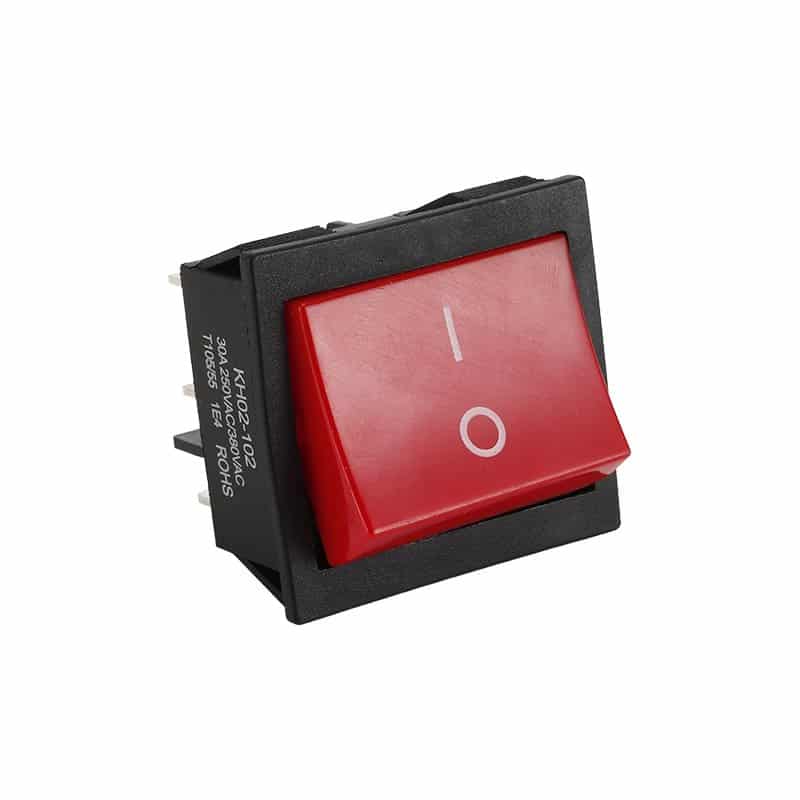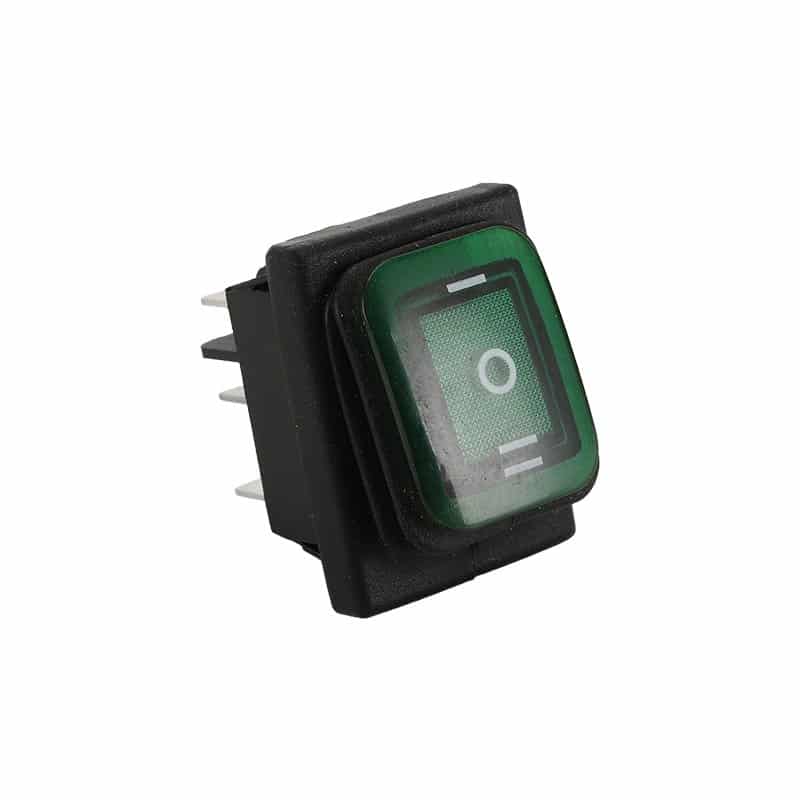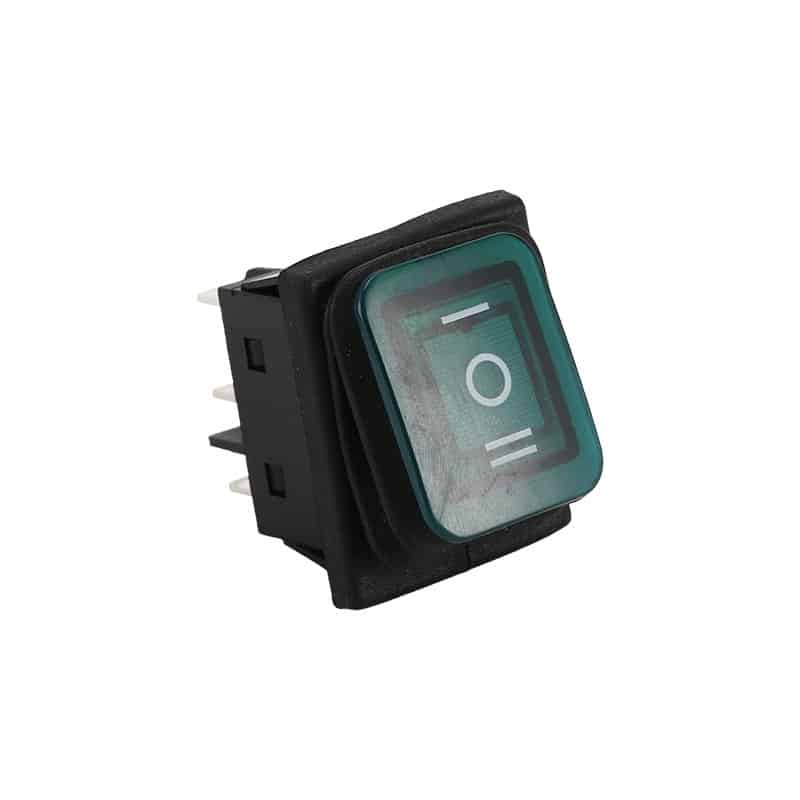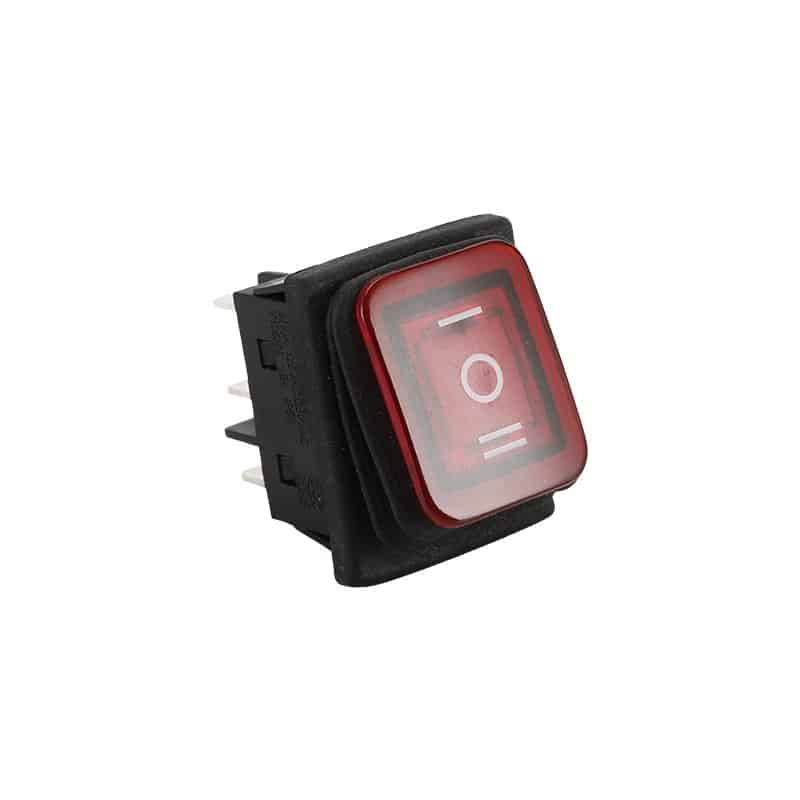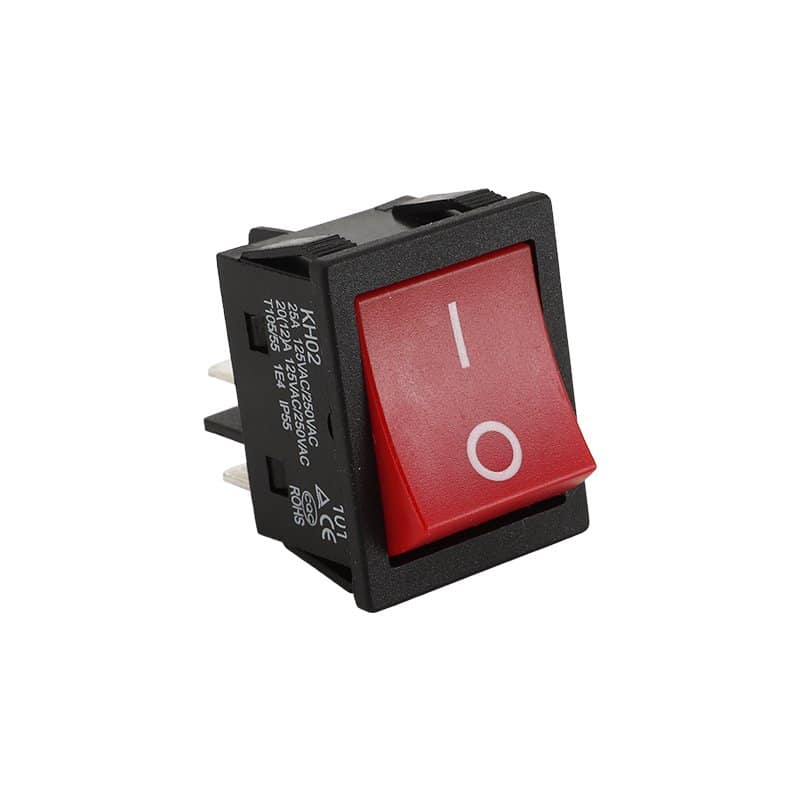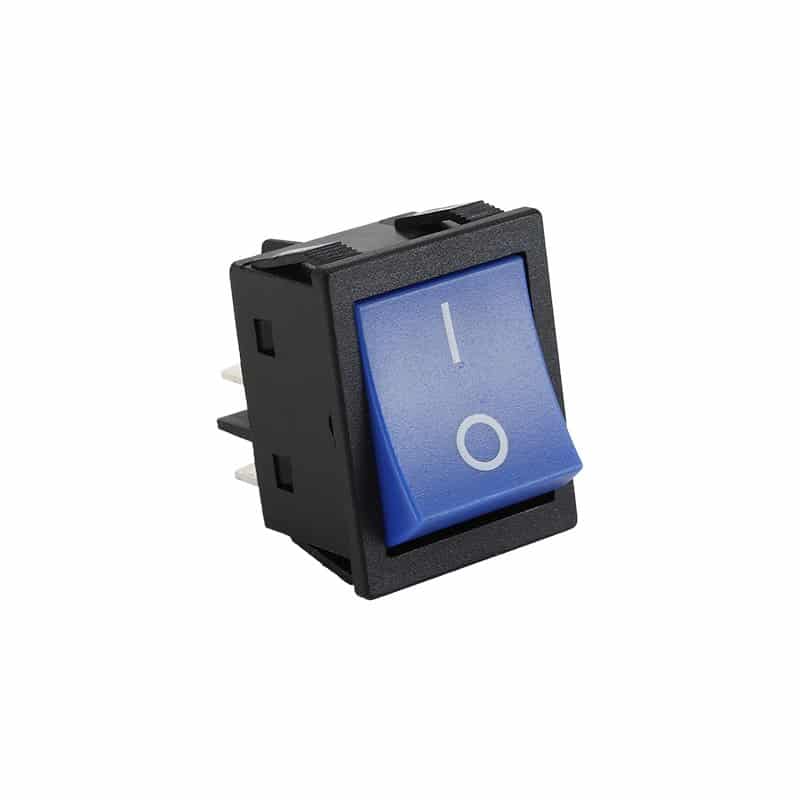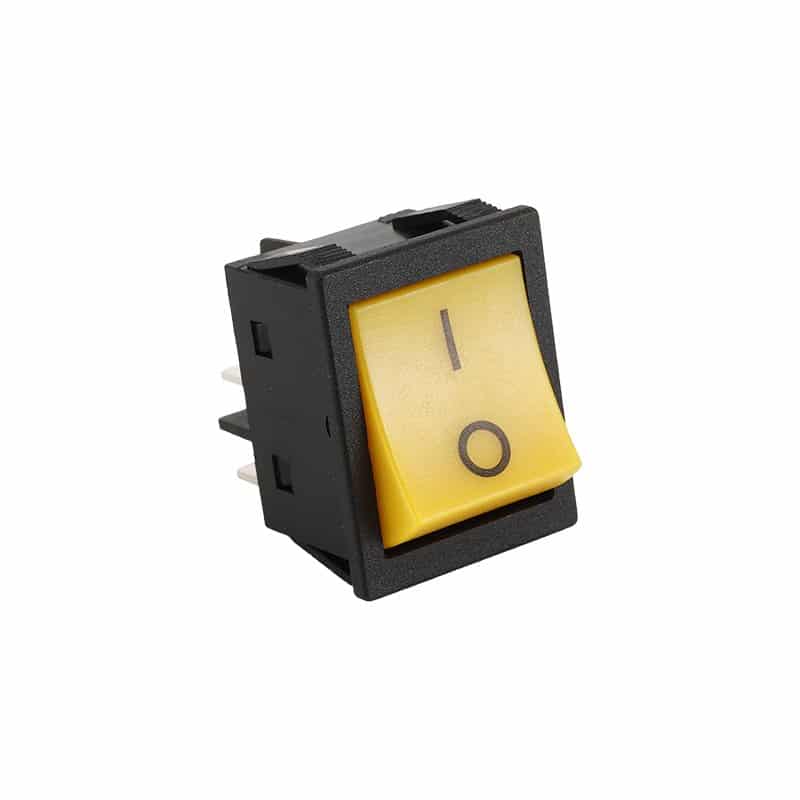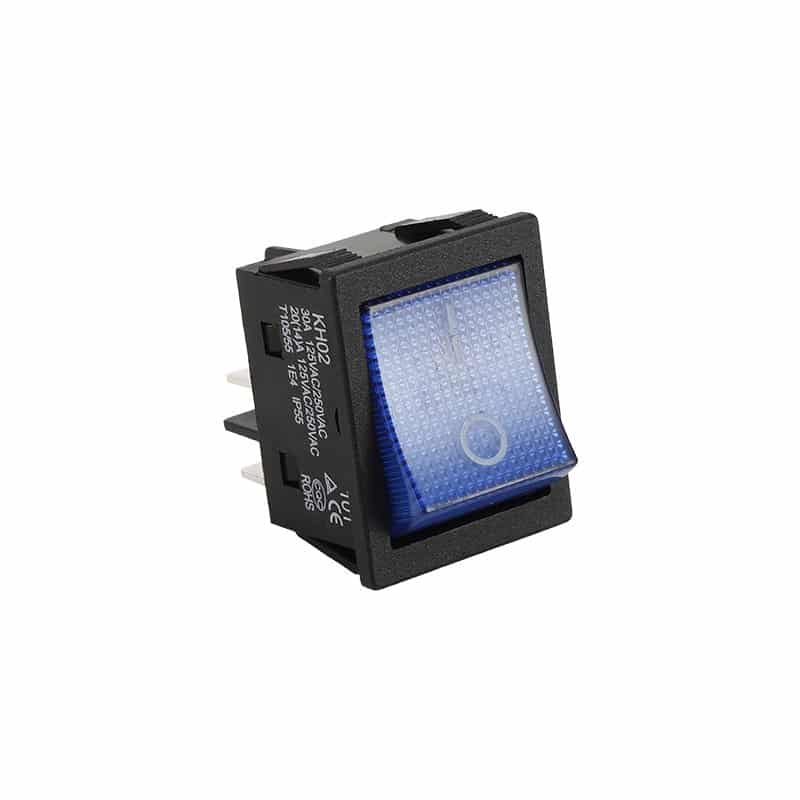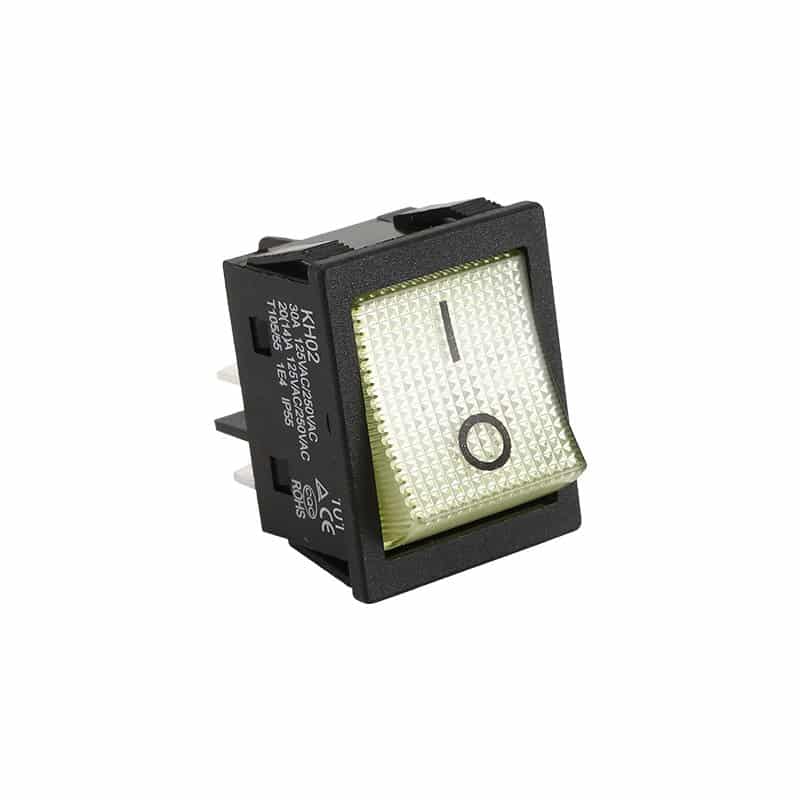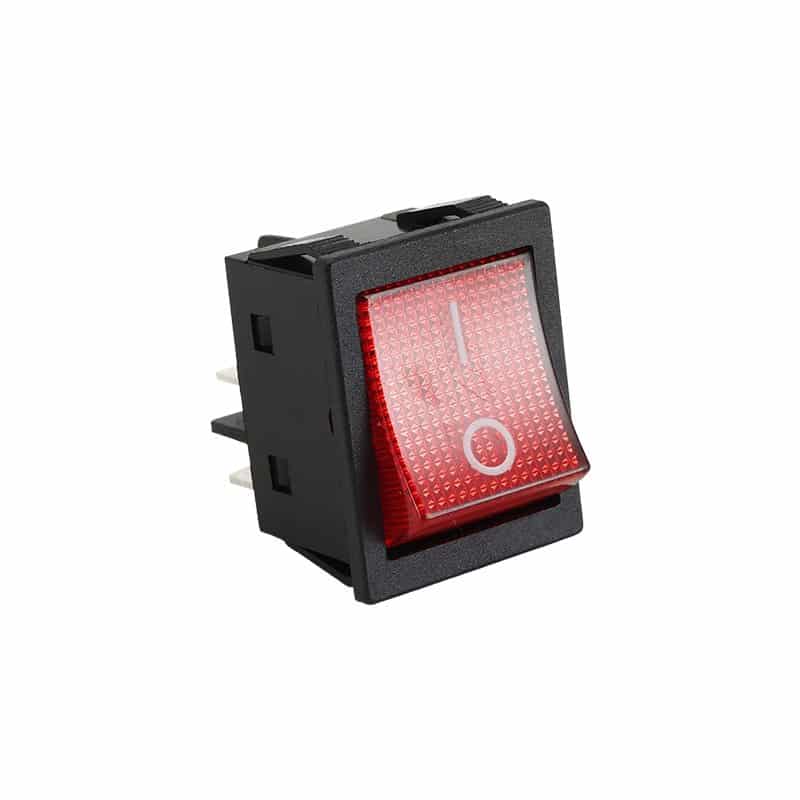What is a Sub-mini Rocker Switch?
A sub-mini rocker switch, also known as a sub-miniature rocker switch, is a small-sized electrical switch that features a rocker-style actuator. These switches are designed for applications where space is limited, and a compact form factor is required. The “sub-mini” designation indicates that the switch is smaller than standard or miniature-sized switches.
Sub-mini Rocker Switch
With Full Product Certification



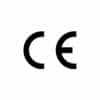



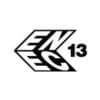
Materials used for switches
For mini boat switch, because its volume is relatively smaller than other large switches, so whether it is plastic or metal materials we use more good materials, which can ensure that your application of the device is more secure and more have their own selling point.


Manufacturing process
To achieve the miniaturization of the miniature rocker switch, we utilize high-precision processing equipment to manufacture the related molds and accessories. This ensures consistency throughout the product production process and meets all your requirements for the product.
Key characteristics
These switches are significantly smaller than standard and even miniature-sized rocker switches, making them suitable for applications with limited space.
Similar to larger rocker switches, sub-mini rocker switches have a lever or paddle that can be rocked back and forth to open or close the electrical circuit.
Due to their small size, sub-mini rocker switches typically have a limited current-carrying capacity compared to larger switches. They are suitable for low to moderate current applications.
Designed for panel mounting, sub-mini rocker switches are commonly used in control panels, electronic devices, and other applications where space-saving is crucial.
Available in various configurations, including single-pole single-throw (SPST), single-pole double-throw (SPDT), double-pole single-throw (DPST), and double-pole double-throw (DPDT), providing flexibility for different applications.
Due to their small size, sub-mini rocker switches may have limited features compared to larger switches. They are typically basic on/off switches without additional functions.
Widely used in electronics, consumer appliances, automotive applications, and other devices where space constraints dictate the use of smaller components.
Sub-mini rocker switches often come with solder lug or quick connect terminals for easy installation.
Sub-mini Rocker Switch VS mini Rocker Switch
- Smaller Size:
- Sub-mini rocker switches are extremely compact and are among the smallest rocker switches available.
- Limited Current Handling:
- Due to their small size, sub-mini rocker switches typically have limited current-carrying capacity. They are suitable for low to moderate current applications.
- Space-Saving:
- Designed for applications where space is extremely limited, these switches offer a space-saving solution.
- Basic Functions:
- Sub-mini rocker switches often provide basic on/off functionality without additional features.
- Common in Electronics:
- Widely used in electronic devices, consumer appliances, and applications where the available space is minimal.
- Larger Size:
- Mini rocker switches are larger than sub-mini rocker switches but smaller than standard-sized rocker switches.
- Moderate Current Handling:
- Mini rocker switches can handle moderate current loads, offering versatility for a wider range of applications.
- Versatile Applications:
- These switches are used in a variety of applications, including electronic devices, automotive controls, appliances, and other equipment.
- Panel Mounting:
- Mini rocker switches are designed for panel mounting and are suitable for various control panels.
- Additional Features:
- Depending on the specific model, mini rocker switches may offer additional features such as illumination, multiple positions, or specialized functions.
Find more related articles
.jpg)
equip yourself with the knowledge shared in this article to smoothly rock your way towards an optimal electrical solution! how does rocker switch work
.jpg)
Discover why thermoplastic is a top choice for rocker switches and the benefits it provides. WEUP Rocker Switches manufacturer! Get all the details here!
.jpg)
Discover the secret behind how rocker switches bring life to your home appliances. Unleash their power and revolutionize the way you experience convenience! WEUP Rocker Switches manufacturer!
Related Product
Sub-mini Rocker Switch FAQs
Mini rocker switches are compact switches commonly used in various electronic applications. Here are some frequently asked questions about mini rocker switches:
A mini rocker switch is a small-sized switch that functions similarly to a standard rocker switch. It’s designed to fit into smaller spaces and is commonly used in electronics, automotive applications, and small appliances.
The size can vary, but generally, mini rocker switches are significantly smaller than standard ones. They are designed to fit into tight spaces where a standard switch would be too large.
They typically have solder lug, quick connect, or PCB mount connections. The type of connection depends on the specific model and its intended application.
While they are smaller and may not handle the same power levels as larger switches, many are still suitable for moderate power applications. Always check the voltage and current ratings to ensure they meet your needs.
Yes, many models come with built-in LED indicators or illumination for ease of use, especially in low-light conditions.
Installation typically involves mounting the switch in a cutout and connecting the terminals to your circuit. Always follow the manufacturer’s instructions for proper installation.
Some models are designed to be water-resistant or waterproof, making them suitable for outdoor or marine applications.
Yes, they are available in a variety of colors for both the switch body and the actuator (the part you press).
They are usually made from plastic, metal, or a combination of both, depending on the required durability and aesthetic.
It depends on the specifications of the switch, including its voltage and current rating. Always ensure the switch’s specifications match the requirements of your application.




